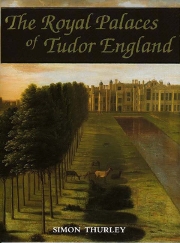Why did Henry VIII have 60 houses? How did he feed his court? Why did his later houses lack great halls and chapels? This vigorous and original book investigates the social history of the Tudor court and the life of Henry VIII through the king's own buildings, and interprets these structures through an examination of his public and private activities. Simon Thurley begins by surveying the development of royal residence building from the two-room lodgings of the Plantagenets to the Tudor mansions covering dozens of acres. Then, focusing on the reign of Henry VIII, Thurley explains how and when the king's palaces were used and explores common myths about these buildings and the kind of life that was led in them. Drawing on contemporary accounts, inventories, diplomatic notes, and new archaeological research, Thurley illuminates early Tudor etiquette, hygiene, religion, government, recreation (from tennis and bowling to cockfighting), cooking, and interior decoration. Thurley concludes that this period saw major innovations in both the structure of the court and the form of royal residences—changes that would set the pattern for royal domestic architecture for 200 years. Lavishly illustrated with photographs and plans, this intriguing book will delight readers interested in architectural and social history.
Published by Published for the Paul Mellon Centre for Studies in British Art by Yale University Press (1993)
ISBN: 0300054203








